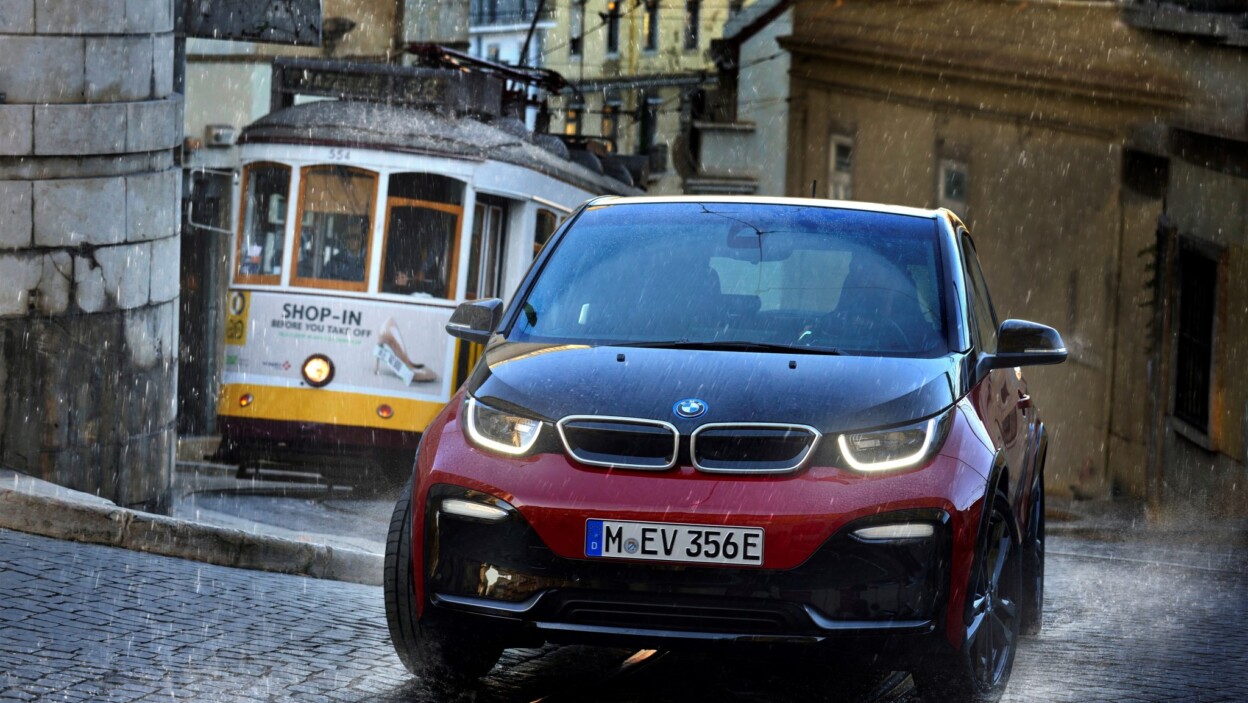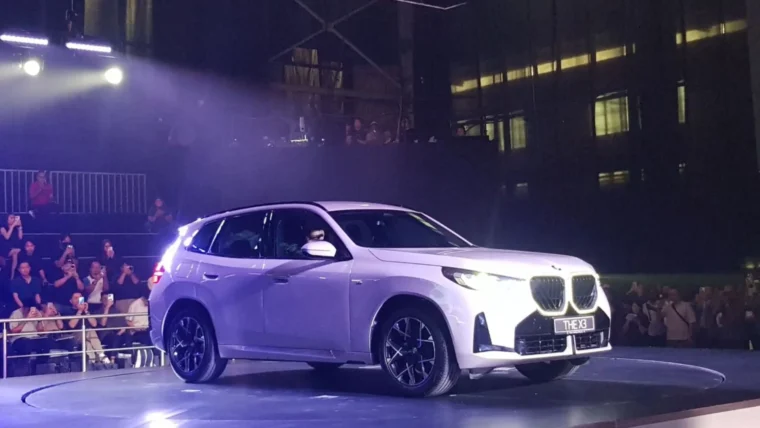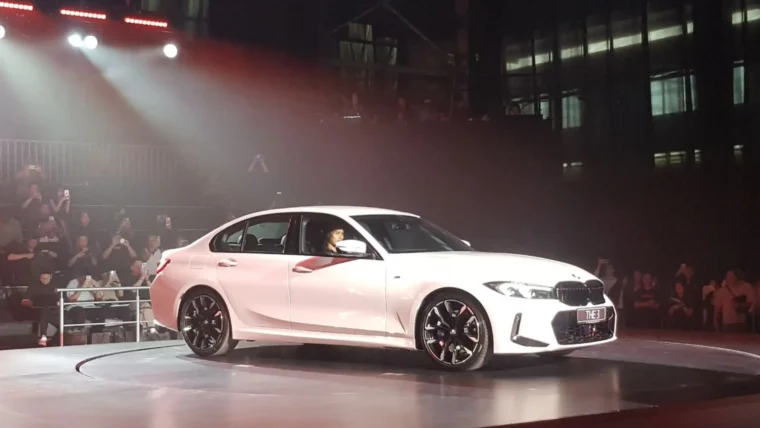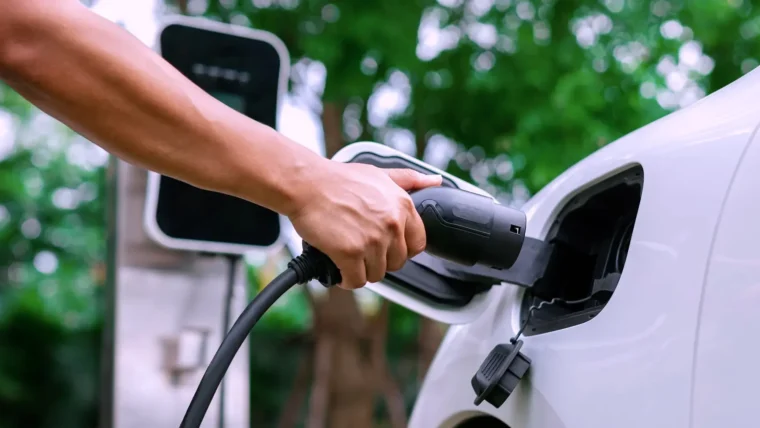Traction control is a key piece of technology these days almost standard in all cars. It helps the driver gain control of the car by braking on the wheels when traction is lost. Depending on different automakers, some have very complex and unique systems and some are just standard. For BMW, when it comes to their i cars, it is a little different because the way how electric cars function as a whole.
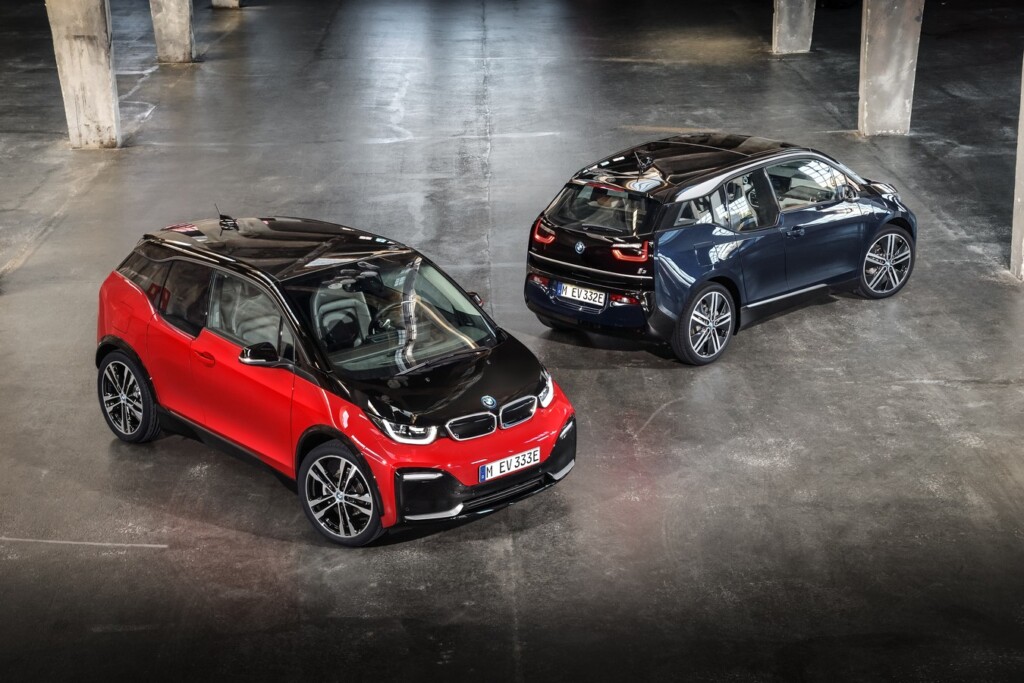
For the new BMW i3s, BMW has created an innovative traction control system adapted to the BMW eDrive system where the system improves traction and driving stability in adverse weather and road conditions when pulling away, in active Brake Energy Regeneration phases and when accelerating out of tight corners. At the heart of this innovation is the control system’s 50-times-faster routine, made possible because – unlike conventional driving stability systems – the control process is now calculated directly in the powertrain instead of in a remote unit requiring long signal paths. This development provides further evidence of BMW i as a pioneer of innovative technology within the BMW Group.
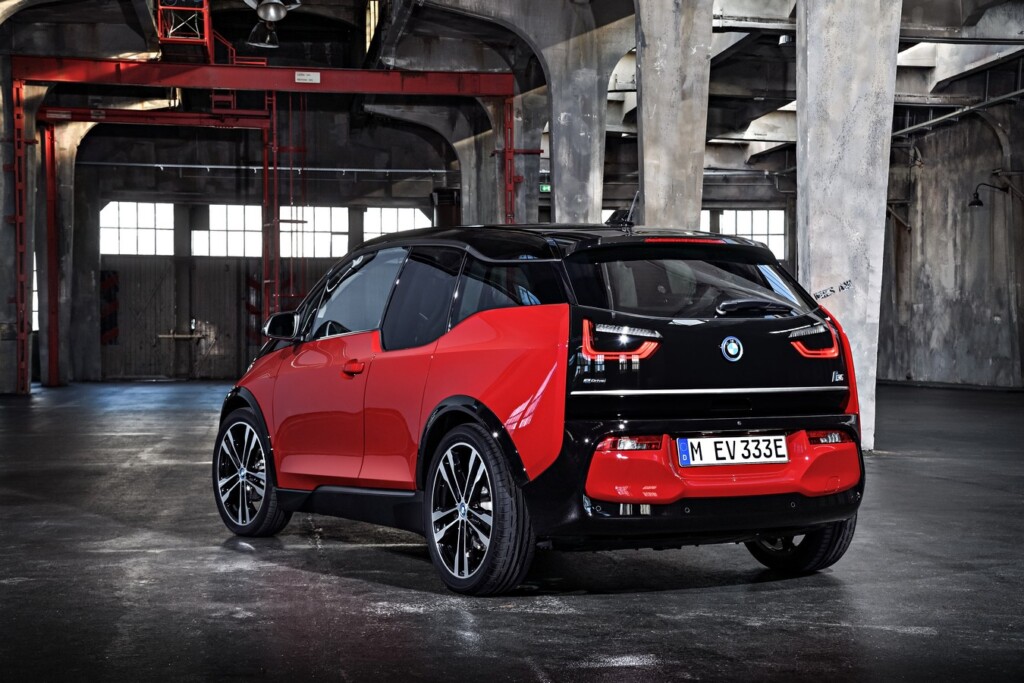
“With their high levels of torque and instantaneous responses to every movement of the accelerator, electric motors already make significantly higher demands on driving stability systems than conventional power units,” explains Peter Langen, Head of Chassis Development at BMW.
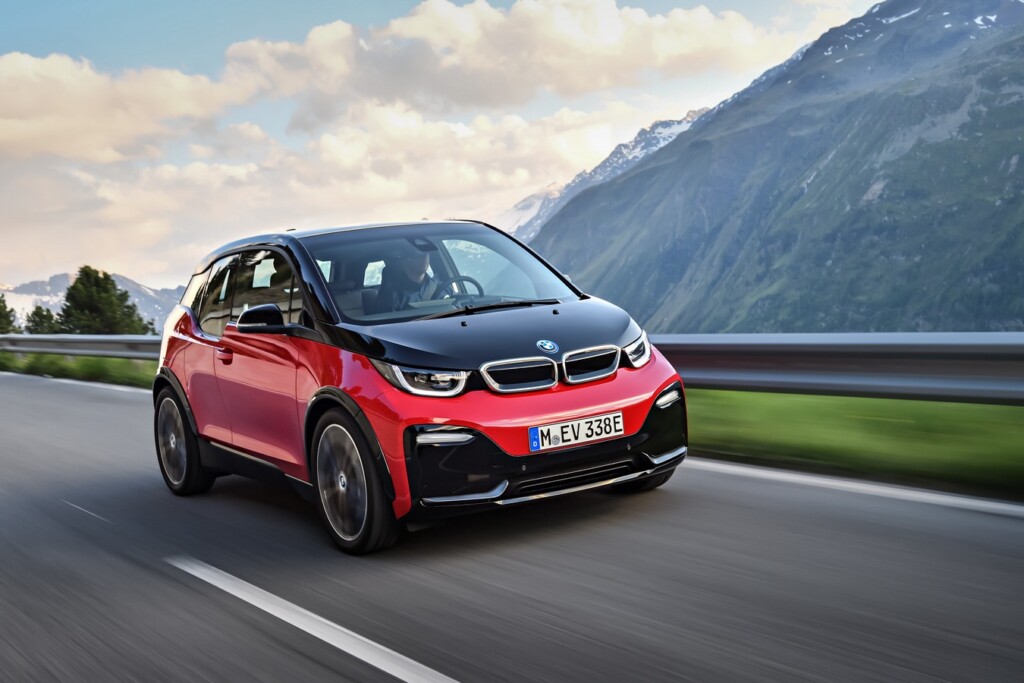
That’s why the BMW engineers developed a new type of system geared squarely to the demands of electric mobility. The positive impact of these shorter control cycles is not reserved for purely electrically driven cars; indeed, this innovative traction control system also optimises traction, driving stability and driving dynamics in vehicles with combustion engines. It will, therefore, be fitted in BMW and MINI models with front-, rear- and all-wheel drive to deliver noticeably greater assurance and driving pleasure when road conditions make pulling away difficult.
Other posts by Mark Leo

